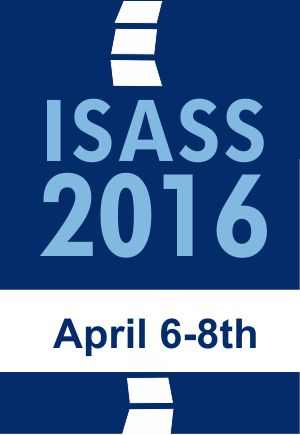
ISASS 2016: Fewer serious AEs in Kiva System vs. balloon kyphoplasty for VCF .
Hospital Re-admissions with the Kiva VCF Treatment System Compared to Balloon Kyphoplasty: Analysis of the Kiva System as a Vertebral Augmentation Treatment (KAST) Randomized Trial
285 patients with a vertebral compression fracture (VCF) were randomized to treatment with the Kiva System (Kiva; Benvenue Medical Inc., Santa Clara, CA) or to balloon kyphoplasty (BK; Medtronic, Minneapolis, MN). The objective of this study was to compare the two treatments with regards to cost-effectiveness and incidence of serious adverse events (SAEs) that require hospital readmission. Findings indicated that patients in the Kiva System group reported significantly lower cost and incidence of SAEs that required hospital readmission after 12 months.
Unlock the Full ACE Report
You have access to 4 more FREE articles this month.
Click below to unlock and view this ACE Reports
Unlock Now
Critical appraisals of the latest, high-impact randomized controlled trials and systematic reviews in orthopaedics
Access to OrthoEvidence podcast content, including collaborations with the Journal of Bone and Joint Surgery, interviews with internationally recognized surgeons, and roundtable discussions on orthopaedic news and topics
Subscription to The Pulse, a twice-weekly evidence-based newsletter designed to help you make better clinical decisions
Exclusive access to original content articles, including in-house systematic reviews, and articles on health research methods and hot orthopaedic topics































































